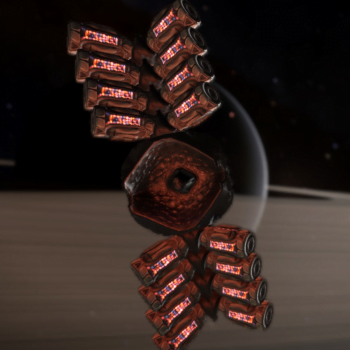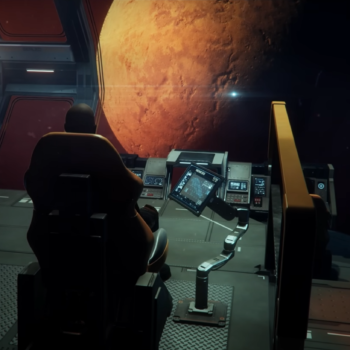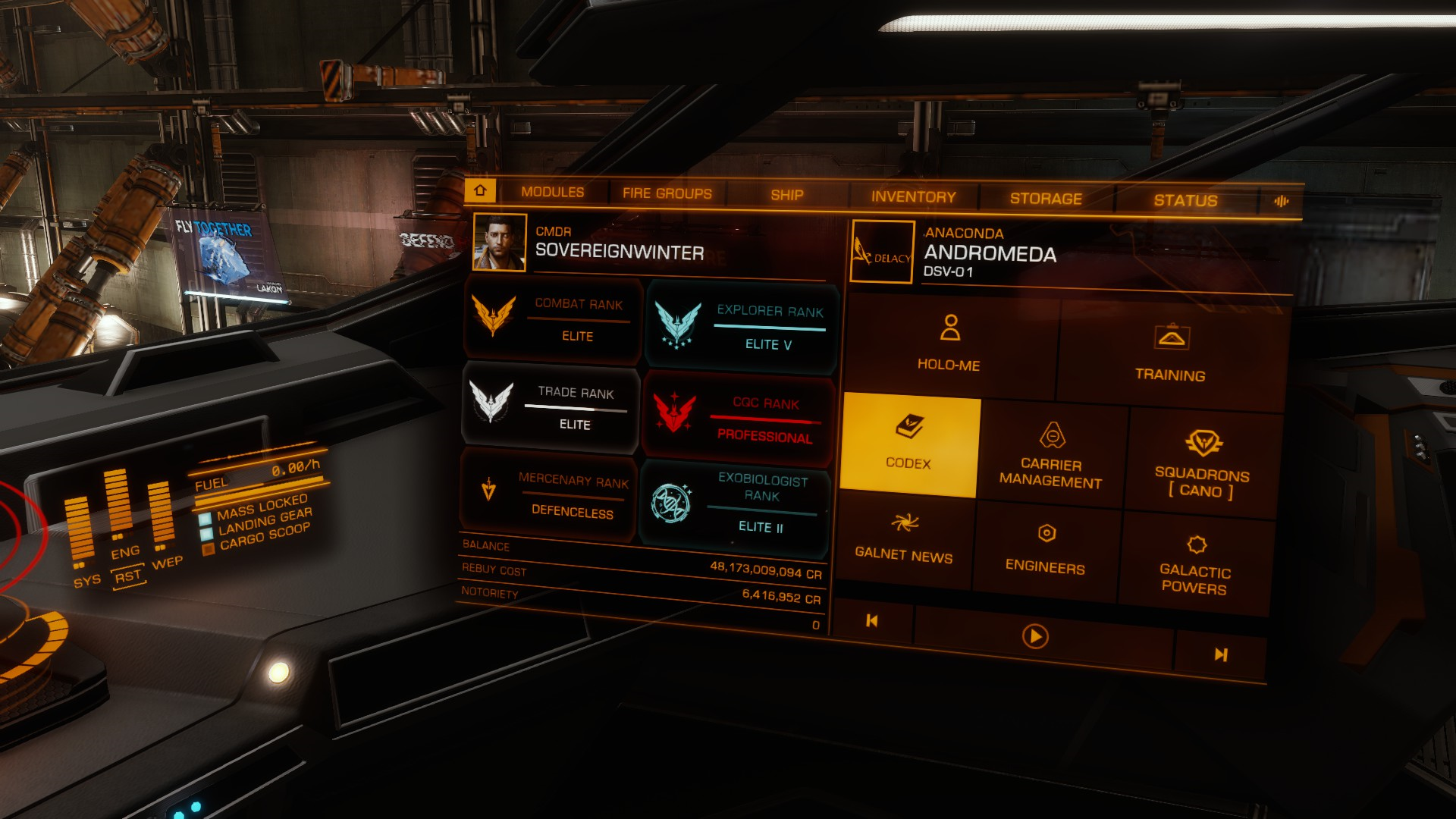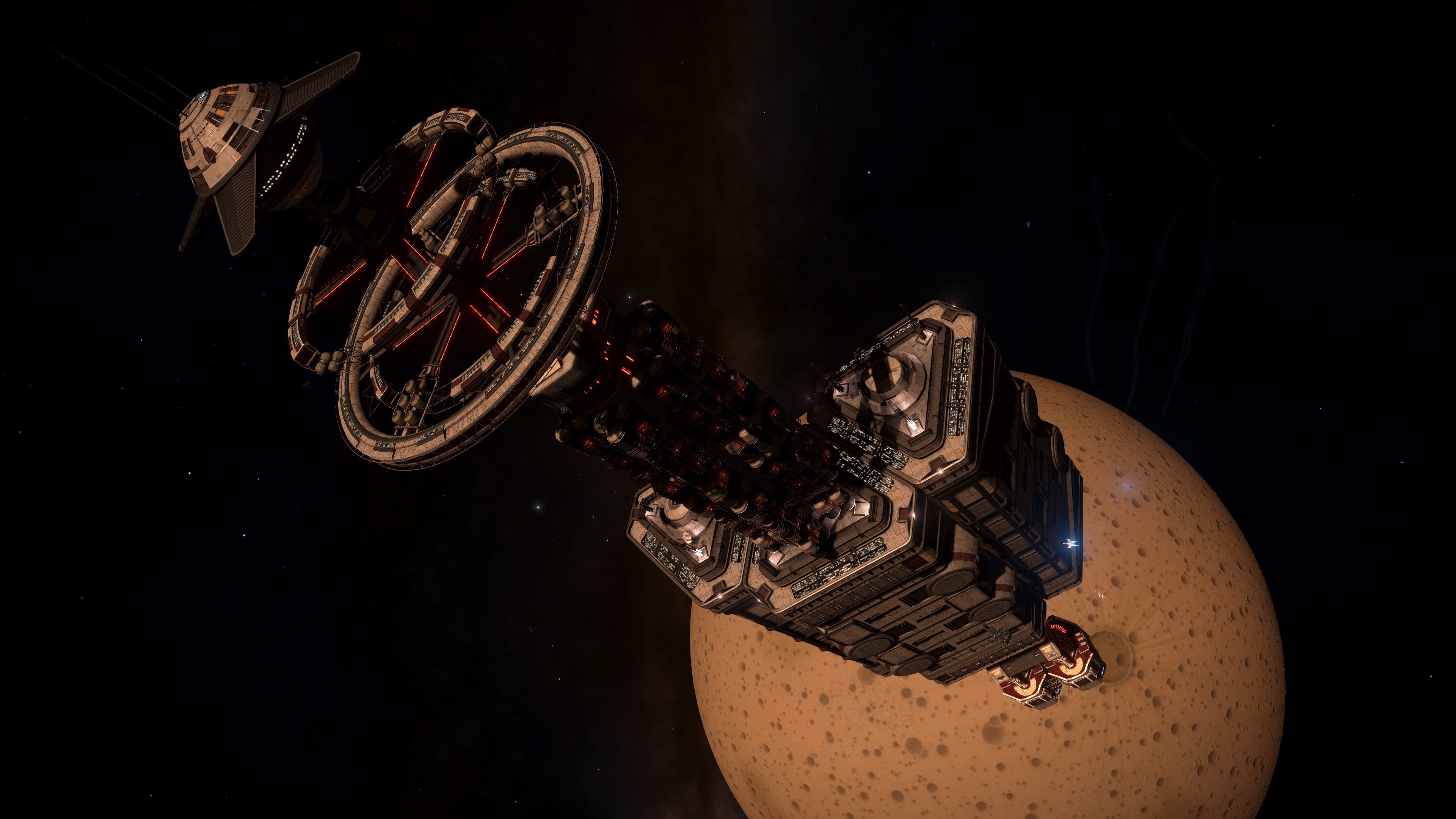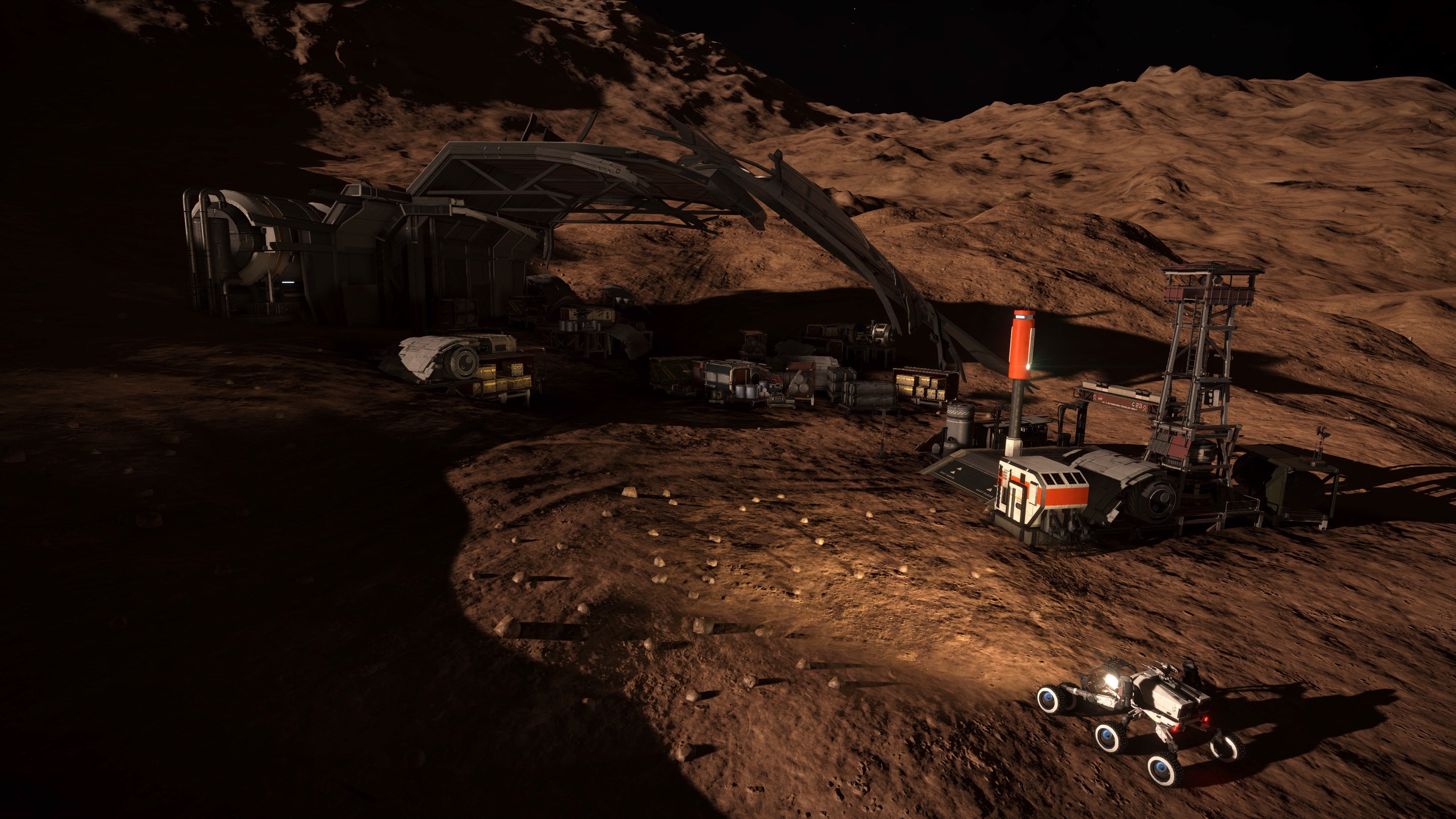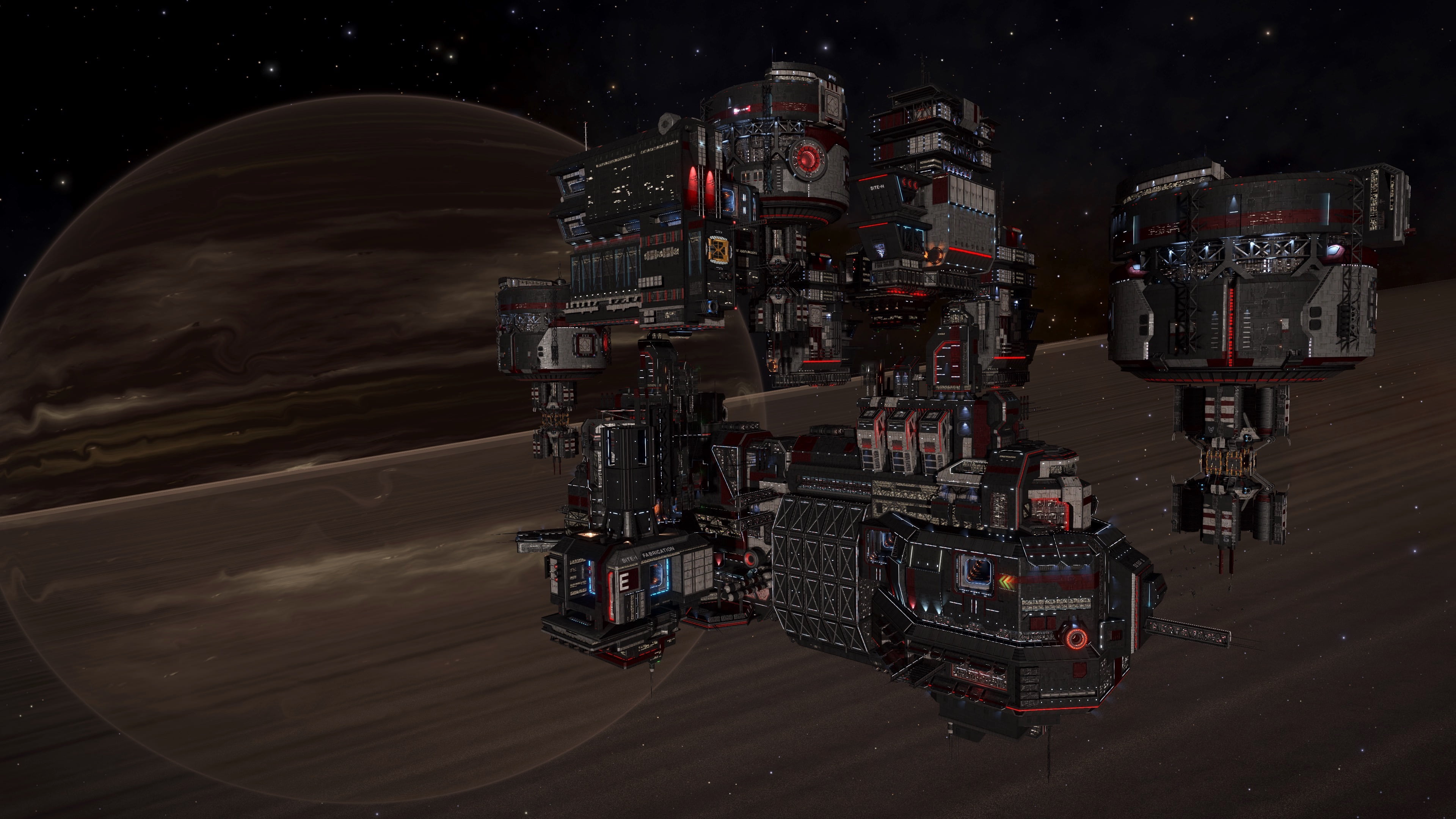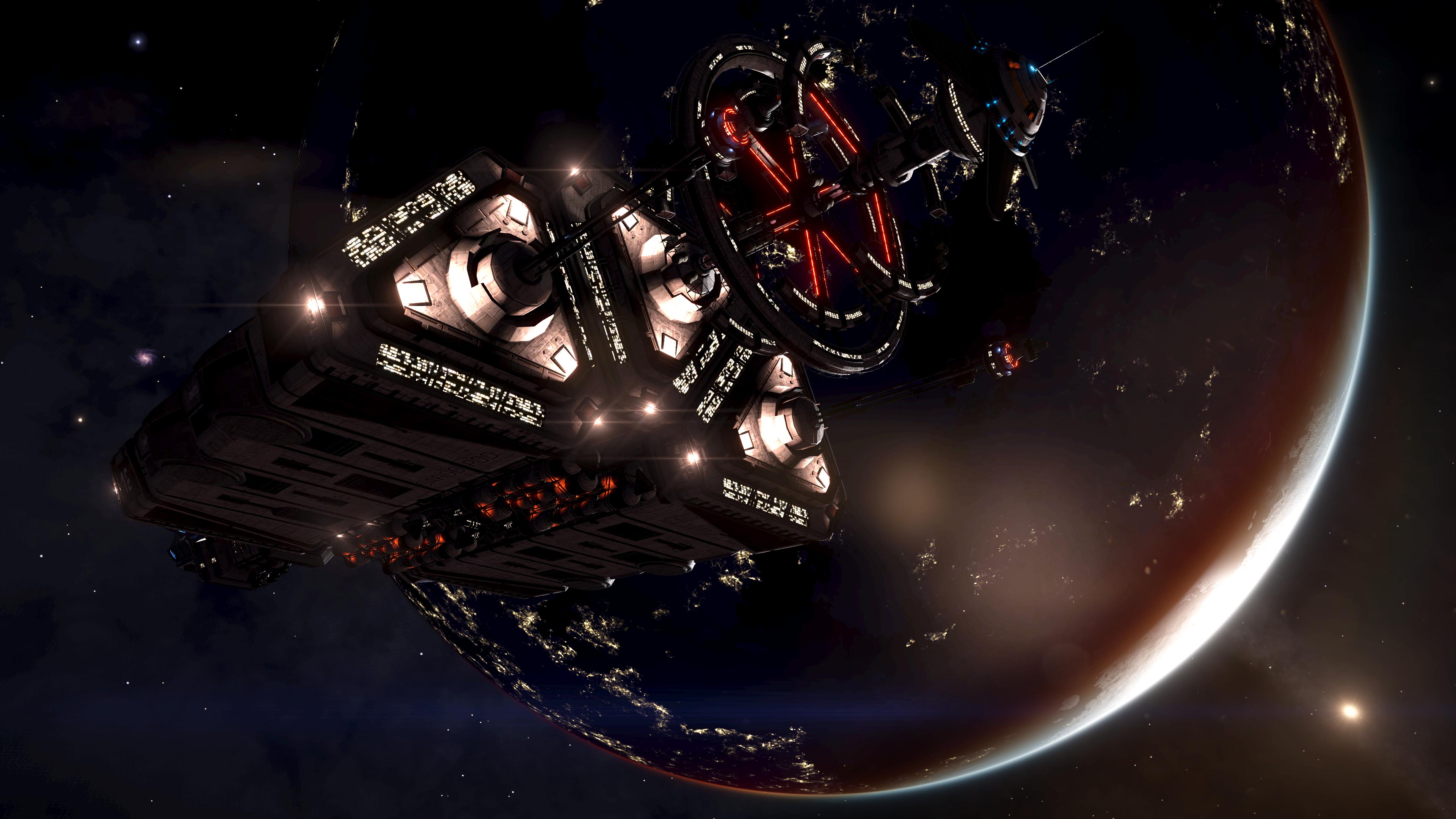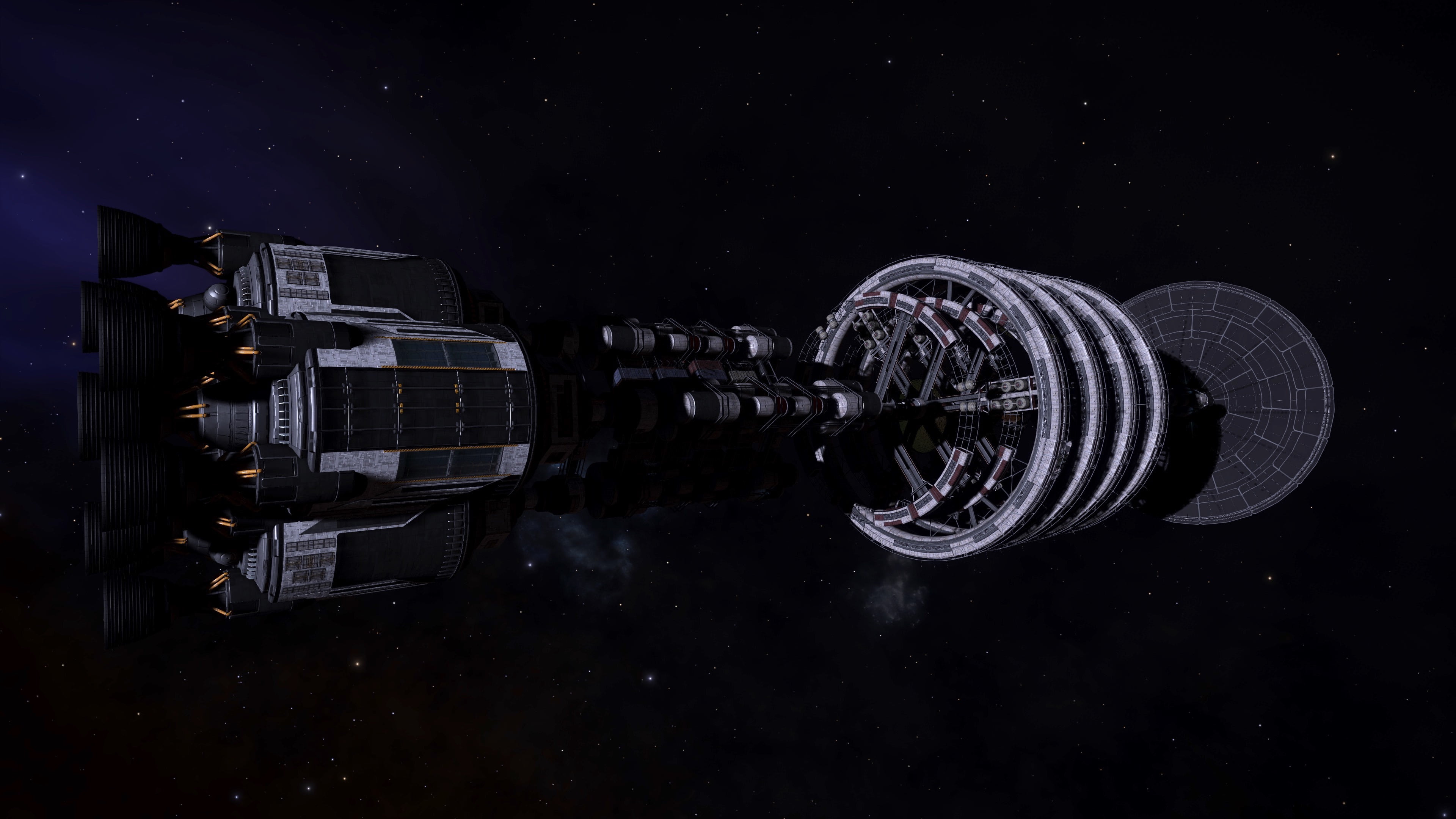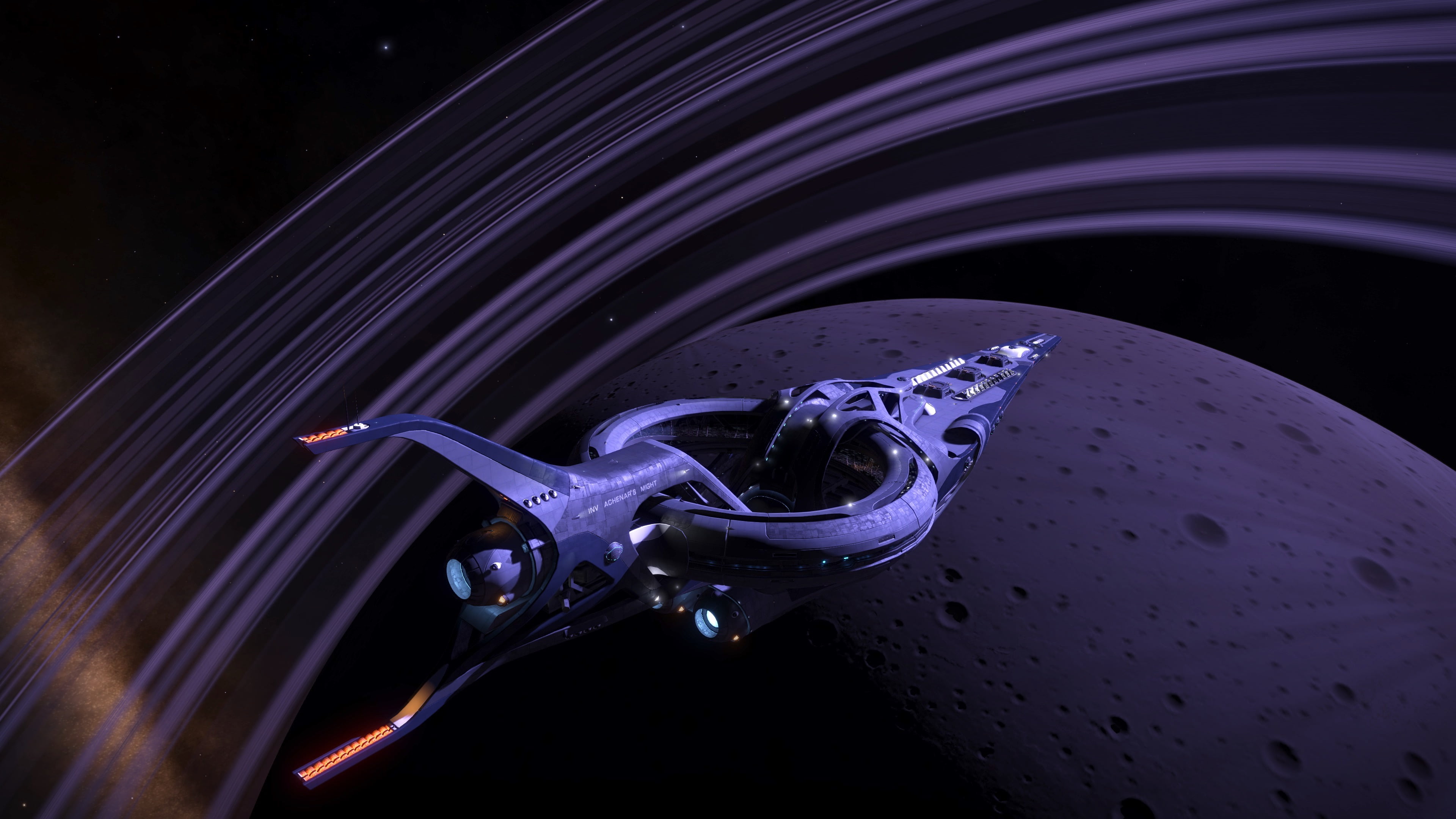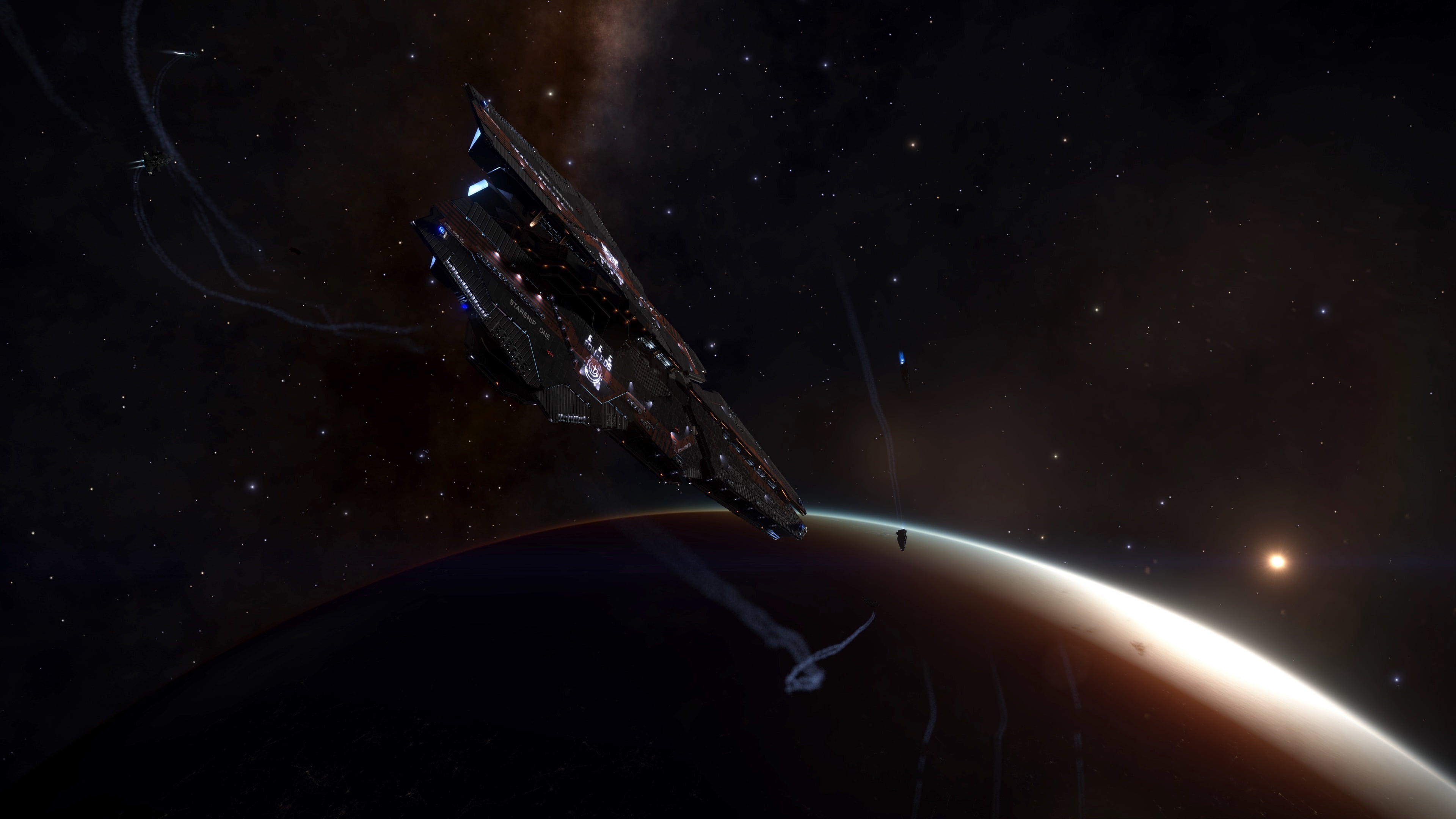Testing Professor Shaw’s Hypothesis on the Thargoid homeworld
CMDR’s Proasek, WyldxPhoenix, DudleyBose IV
Abstract:
On the seventh of April 3304, Professor Cora Shaw of the Palin Institute published a speculative paper recounting the current theories on Thargoid origins. Of these hypotheses one has been selected as the most practically tested, that the Thargoid homeworld is located on the opposite side of the galaxy.
Thargoid surface sites have been discovered previously by way of the Thargoid Link, an alien artefact that interacts with data obtained from other surface sites and orients itself towards an undiscovered site. By exploiting this behaviour, it is speculated by our team that undiscovered Thargoid activity may be found on the opposite side of the galaxy per Professor Shaw’s hypothesis.
Methodology:
A Thargoid Link has been acquired by our team, along with fresh data from the active Thargoid surface site in the Mel 22 sector NX-U d2-31 system. To acquire the data, a Thargoid probe and sensor were required. The probe was the most time consuming to collect, as it required searching threat five non-human signal sources in the Pleiades sector. The Asterope system was chosen for it’s high concentration of such signals and relatively low concentration of other signals. The process for obtaining a Thargoid probe involved searching wreckage using the standard contacts panel, then avoiding a second scan by the Cyclops-class Thargoid Interceptor responsible for generating the signal. The standard cargo scoop was adequate for collecting the probe, as once the interceptor scanned the ship on arrival it showed little interest in human presence so long as said presence remained at a distance.
The Thargoid sensor was located at a crash site in the HIP 17403 system, and collected using a Scarab-class surface reconnaissance vehicle.
Both these artefacts were then transported to the surface site mentioned previously, wherein a Thargoid Link was collected and the Thargoid mapping device was activated the Link was then retrieved to the ship by the SRV, and the acquired data was stored without examination.
The ship assigned to transport the Thargoid Link was a Diamondback Explorer class vessel, ISS Long Haul, which had been fitted with class 1E corrosion resistant cargo racks, and otherwise outfitted for a minimum sixty five (65) lightyear frame shift jump radius. Additionally the ISS Long Haul would rendezvous with the fleet carrier Argus (Q2Q-30L), which is maintained and commanded by Commander WyldxPhoenix, which would plot a complete course from Sagittarius A* to Beagle Point.
Beagle Point was selected as the most significant point of interest within the region of space most directly opposite the core systems of human habitation. Due to prior arrangements the
Argus was unable to complete the entire route from the core systems to Beagle Point, and as such the ISS Long Haul was required to complete an eight and a half hour (8h30) direct course from the Mel 22 sector to Sagittarius A*. The ISS Long Haul was commanded solely by Commander Proasek during this time period, and the rendezvous was made in one session.
Over the course of the next few days, the Argus completed its journey to Beagle Point, and Commanders Proasek and DudleyBose IV disembarked and travelled to a safe distance from the Argus, approximately five hundred light-seconds. At this point, both Commanders began recording audio, and the Thargoid Link was deployed. At 14:27 on the twenty-seventh of July,3306 (27/07/3306), the data from the surface site in the Mel 22 sector was opened and broadcast, to which the Thargoid Link responded as expected from similar experiments carried out within the Pleiades sector.
(fig. 1, data obtained from the previously described method by CMDR Proasek)
The data obtained from this experiment was notable for not containing any of the characteristic‘data blocks’ typical to Thargoid Link interactions. Whilst this might be indicative of an interaction failure between the data and the link, note that the beginning and ending markers between which data should appear are present. Compare this to data obtained from the Pleiades sector,and it becomes apparent that this experiment has produced anomalous results.
(fig. 2, Pleiades sector data provided by SOLUS Research, with expected datamarked)
Discussion:
Before discussing the actual implications that this data has, it should be noted that this paper DOES NOT give clear indication of the veracity of the initial hypothesis presented by Professor Shaw. With that said, this exact response is poorly documented in discussions of the Thargoid Link, as such regardless of the actual implication it is important to recognise that there is still more to be understood regarding the interactions humanity has had with Thargoid technology. The lack of clear data could be seen to imply that there is no Thargoid surface site within a certain range of the experiment location, which would imply that if the Thargoid homeworld is present on the other side of the galaxy, it is not in a form recognisable to this manner of xenocartography. Alternatively, it could be seen as an unexpected complication in how the experiment was handled. Since ten days passed between the collection of the Thargoid Link and associated data and the experiment, it could be that there is an unexplored expiry period that cannot be exceeded before usable results are no longer attainable. In either case, more research is required.
Further Experimentation:
In addition to an expected reexamination of our team’s results and similar experiments that should be conducted, there remain several areas of research that we believe merit further examination.
●Testing the maximal range from Merope that Thargoid Links continue to provide data-Assuming that the cause for the lack of data in our experiment was the result of a maximal range being exceeded, finding that range could provide insight into Thargoid technology.
●Further examination of the unexpected data-less result.-Our team is not notable for high competence in Thargoid data analysis, as such there may be unnoticed information still to be gained from this experiment. The data collected in this experiment is available upon request from CMDR Proasekin an unedited state.
●Testing time limits on Thargoid data usage-Assuming that the cause for the lack of data in our experiment was the result of a maximal time being exceeded, finding that time limit could provide insight into Thargoid technology, and inform later experimental methodology.Conclusion / Closing Statement:Whilst our team is disappointed to have not thoroughly explored our hypothesis, there is still a lot of information that can be obtained from this experiment. There is little record of similar experiments being undertaken prior to our team, and perhaps it is easier to achieve such goals as transporting Thargoid Links to Beagle Point now that fleet carriers are available to members of the Pilot’s Federation, and as such we hope that this report encourages others to test their own hypotheses on Thargoid technology.
To any who do wish to follow the lines of experimentation laid out in this paper we would like to wish you luck in your endeavors, and remind you to fly safe.
-CMDR Proasek, Science lead for Q2Q-30L Argus, 24/08/2020
Contributors:
Additional recognition is given to Dr. Strange of Canonn Sciences, whose writing is the basis for much of our methodology, and CMDR Redden Alt-Mer who provided a guide on decoding Thargoid Link responses



